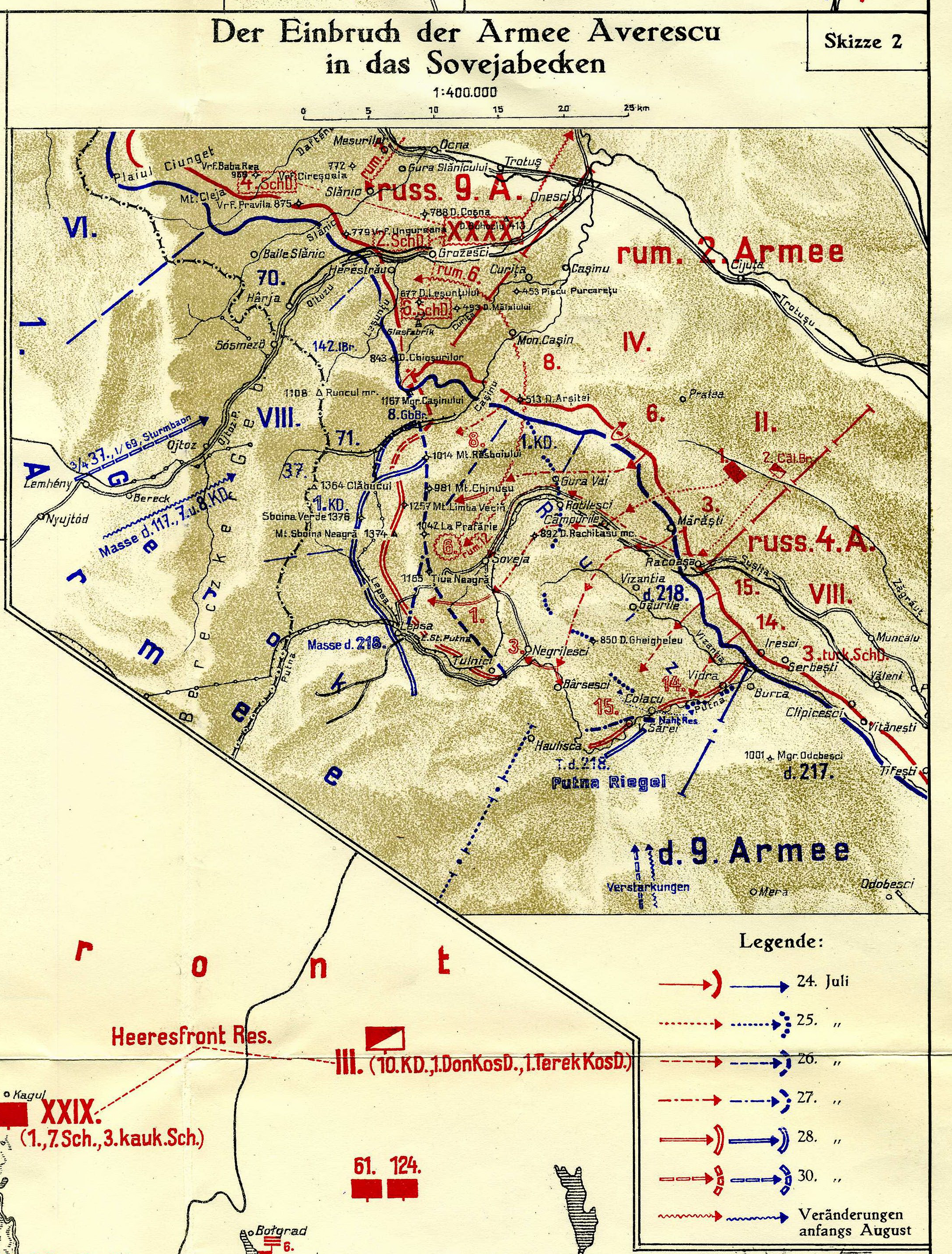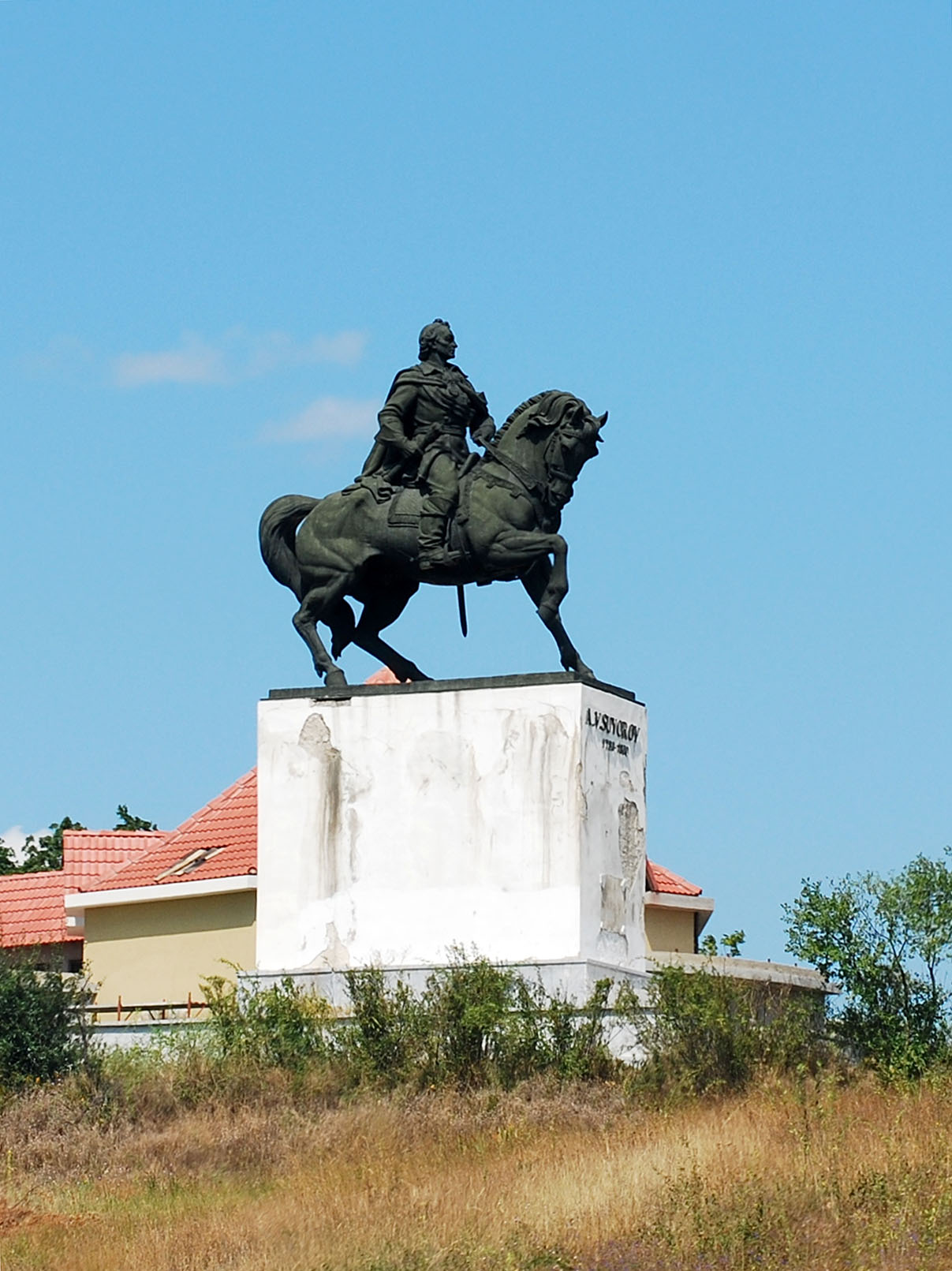|
Răcoasa
Răcoasa is a commune located in Vrancea County, Romania. It is composed of five villages: Gogoiu, Mărăști, Răcoasa, Varnița and Verdea. It is situated in the historical region of Western Moldavia. Mărăști village () was the site of the World War I Battle of Mărăști. Notable people * Aurel Iancu * Gheorghe Vlădescu-Răcoasa Gheorghe Vlădescu-Răcoasa (October 22, 1895–December 17, 1989) was a Romanian sociologist, journalist, left-wing politician, and diplomat. Biography Origins and work with Gusti Born in Răcoasa, Vrancea County, his parents were Constantin ... References Communes in Vrancea County Localities in Western Moldavia {{Vrancea-geo-stub ... [...More Info...] [...Related Items...] OR: [Wikipedia] [Google] [Baidu] |
Gheorghe Vlădescu-Răcoasa
Gheorghe Vlădescu-Răcoasa (October 22, 1895–December 17, 1989) was a Romanian sociologist, journalist, left-wing politician, and diplomat. Biography Origins and work with Gusti Born in Răcoasa, Vrancea County, his parents were Constantin (1862–1946), the village notary, and his wife Maria (''née'' Lefter; 1865–1965), a schoolteacher. He attended primary school in his native village and in Focșani between 1902 and 1906. From 1906 to 1914, he studied at Bârlad's Gheorghe Roșca Codreanu High School. He then entered the law faculty of the University of Iași; from 1914 to 1915, he contributed to the weekly ''Cuvântul studențimii''. He interrupted his studies in 1916, when Romania joined World War I and he was mobilized. An infantry lieutenant, he was taken prisoner by the Germans in 1917, interned at Breesen and released late in 1918. Upon his return to civilian life, he resumed his studies, this time at the literature and philosophy faculty of the University of ... [...More Info...] [...Related Items...] OR: [Wikipedia] [Google] [Baidu] |
Battle Of Mărăști
The Battle of Mărăști ( ro, Bătălia de la Mărăști) was one of the main battles to take place on Romanian soil in World War I. It was fought between 22 July and 1 August 1917, and was an offensive operation of the Romanian and Russian armies intended to encircle and destroy the German 9th Army. The operation was planned to occur in tandem with the Nămoloasa offensive; however, this operation was abandoned before it began. Background Mărăști, just like Mărășești, is part of the strategically important Focșani Gate, the control of which eases attacks into several Romanian regions. The opposing forces At the beginning of July, based on the campaign plan drawn up in May by the High Command, final instructions were given to the 1st and 2nd Romanian Armies. The 1st Army was to carry out the principal attack around Nămoloasa and then, on terrain prepared by the latter, the 2nd Army, commanded by General Alexandru Averescu, was to carry out a second-order attack tow ... [...More Info...] [...Related Items...] OR: [Wikipedia] [Google] [Baidu] |
Vrancea County
Vrancea () is a county (județ) in Romania, with its seat at Focșani. It is mostly in the historical region of Moldavia but the southern part, below the Milcov River, is in Muntenia. Demographics In 2011, it had a population of 340,310 and a population density of . * Romanians – over 98% * Romani, others – 2% Geography Vrancea County's area is of . A curvedly shaped mountainous area, known in Romanian as the '' Carpații de Curbură'', lies in the western part of the county, at the Southern end of the Eastern Carpathians, with heights over . To the East, the heights decrease into hilly areas and the lower valley of the Siret River. The main tributary of the Siret, which crosses the county, is the Putna River. Seismic hazard The territory of Vrancea County is the most seismically active zone of Romania, with yearly earthquakes whose focal depths are between and therefore affect wide regions. The earthquakes with the epicenter in Vrancea are caused by the movem ... [...More Info...] [...Related Items...] OR: [Wikipedia] [Google] [Baidu] |
Aurel Iancu
Aurel Gh. Iancu (born December 17, 1928, in Răcoasa, Vrancea County) is a Romanian economist, Ph.D. in economics in 1972, visiting scholar at MIT in 1970/71, researcher and associate professor, member of the Romanian Academy (since 1993), the most respected and influential scientific forum in Romania. Academic Contributions * Aurel Iancu has published a large number of books and articles. He is one of the promoters of using mathematics in economics in Romania, and one of the few Romanian researchers who approached economic growth and its effect on natural resources and environment. Since 1990 he was involved in new research topics such as theory of economic policy, economic transition, integration, real, nominal and institutional convergence. * Since the price system was drastically distorted in the centralised economies and the energy saving was an important economic policy all over the world, the ideas to define, compute and interpret the direct, total (cumulated) and net energy ... [...More Info...] [...Related Items...] OR: [Wikipedia] [Google] [Baidu] |
Commune In Romania
A commune (''comună'' in Romanian) is the lowest level of administrative subdivision in Romania. There are 2,686 communes in Romania. The commune is the rural subdivision of a county. Urban areas, such as towns and cities within a county, are given the status of ''city'' or ''municipality''. In principle, a commune can contain any size population, but in practice, when a commune becomes relatively urbanised and exceeds approximately 10,000 residents, it is usually granted city status. Although cities are on the same administrative level as communes, their local governments are structured in a way that gives them more power. Some urban or semi-urban areas of fewer than 10,000 inhabitants have also been given city status. Each commune is administered by a mayor (''primar'' in Romanian). A commune is made up of one or more villages which do not themselves have an administrative function. Communes, like cities, correspond to the European Union's level 2 local administrative uni ... [...More Info...] [...Related Items...] OR: [Wikipedia] [Google] [Baidu] |
Romania
Romania ( ; ro, România ) is a country located at the crossroads of Central, Eastern, and Southeastern Europe. It borders Bulgaria to the south, Ukraine to the north, Hungary to the west, Serbia to the southwest, Moldova to the east, and the Black Sea to the southeast. It has a predominantly temperate-continental climate, and an area of , with a population of around 19 million. Romania is the twelfth-largest country in Europe and the sixth-most populous member state of the European Union. Its capital and largest city is Bucharest, followed by Iași, Cluj-Napoca, Timișoara, Constanța, Craiova, Brașov, and Galați. The Danube, Europe's second-longest river, rises in Germany's Black Forest and flows in a southeasterly direction for , before emptying into Romania's Danube Delta. The Carpathian Mountains, which cross Romania from the north to the southwest, include Moldoveanu Peak, at an altitude of . Settlement in what is now Romania began in the Lower Paleolithic, with ... [...More Info...] [...Related Items...] OR: [Wikipedia] [Google] [Baidu] |
Western Moldavia
Moldavia ( ro, Moldova), also called Western Moldavia or Romanian Moldavia, is the historic and geographical part of the former Principality of Moldavia situated in eastern and north-eastern Romania. Until its union with Wallachia in 1859, the Principality of Moldavia also included, at various times in its history, the regions of Bessarabia (with the Budjak), all of Bukovina, and Hertsa; the larger part of the former is nowadays the independent state of Moldova, while the rest of it, the northern part of Bukovina, and Hertsa form territories of Ukraine. Romanian Moldavia consists of eight counties, spanning over 18% of Romania's territory. Six out of the 8 counties make up Romania's designated Nord-Est development region, while the two southern counties are included within Romania's Sud-Est development region. History Moldavian dialect The delimitation of the Moldavian dialect, as with all other Romanian dialects, is made primarily by analyzing its phonetic features and ... [...More Info...] [...Related Items...] OR: [Wikipedia] [Google] [Baidu] |
Communes In Vrancea County
An intentional community is a voluntary residential community which is designed to have a high degree of social cohesion and teamwork from the start. The members of an intentional community typically hold a common social, political, religious, or spiritual vision, and typically share responsibilities and property. This way of life is sometimes characterized as an " alternative lifestyle". Intentional communities can be seen as social experiments or communal experiments. The multitude of intentional communities includes collective households, cohousing communities, coliving, ecovillages, monasteries, survivalist retreats, kibbutzim, hutterites, ashrams, and housing cooperatives. History Ashrams are likely the earliest intentional communities founded around 1500 BCE, while Buddhist monasteries appeared around 500 BCE. Pythagoras founded an intellectual vegetarian commune in about 525 BCE in southern Italy. Hundreds of modern intentional communities were formed across ... [...More Info...] [...Related Items...] OR: [Wikipedia] [Google] [Baidu] |


